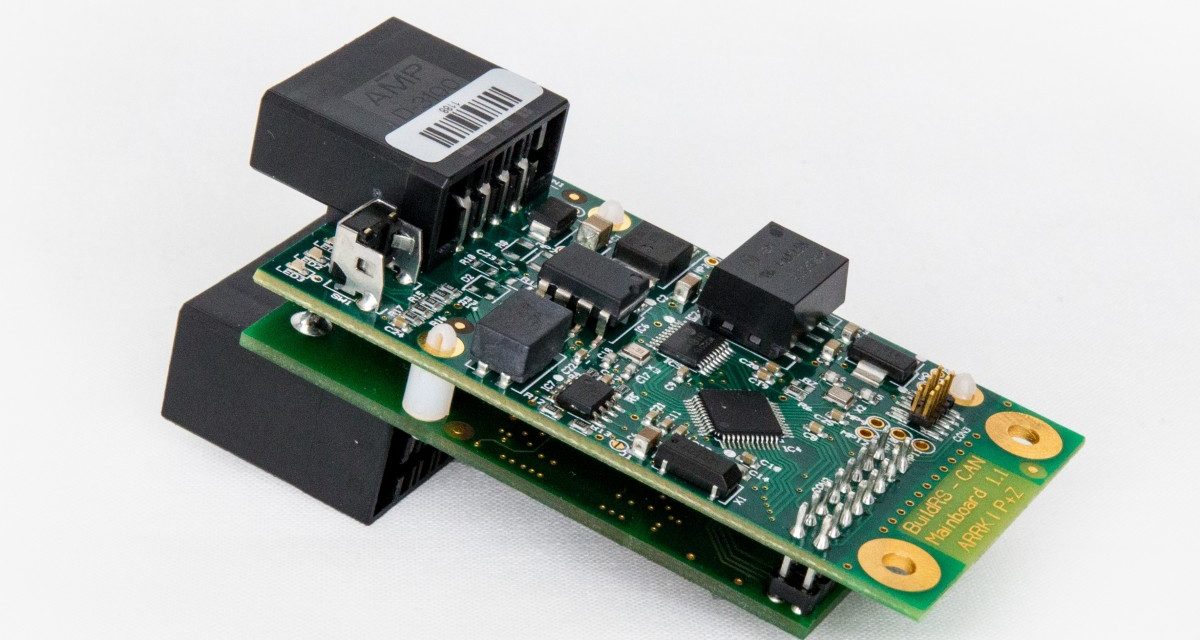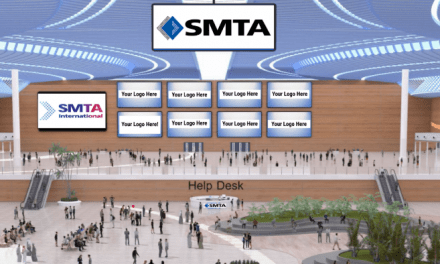Straight off the Mark: Modular control device platform for concept and small batch development saves time and money

During the concept development and testing phase, prototypes and test systems typically require electronic components which have to be developed and manufactured especially for this single use. This generates high costs and the extensive amount of time required delays product launch. The costly initial phase rules out a rapid response to changes at short notice. This is a serious disadvantage, particularly for the fast-paced automotive industry. In order to accelerate this step in the process while simultaneously creating space for the flexibility required, the development service provider ARRK Engineering has chosen a different path: Numerous use cases were used to identify frequently requested functions and develop the relevant components for a modular control device concept, the Build Rapid System (BuildRS). Thanks to this, it is now possible to create measuring and control systems for a wide variety of applications much faster and more affordably than ever before: The components with the functionality required must only be taken from and combined with a pool of existing hardware and software components.
“For many years, we have supported automobile manufacturers and suppliers as their strategic development partner,” explains Zarko Tomic, team leader for software development at ARRK Engineering. “Throughout the course of predevelopment projects, component tests and test series, certain applications emerge time and again. These include the transfer of data and signals via bus systems or wireless networks, the evaluation of sensors and control of motors.” Generally, special control devices are developed specifically for these cases – leading to high time and cost requirements due to the low quantity required. Alternatively, teams may resort to universal control devices which are usually oversized for the specific application. Both extend development times and costs, which is a disadvantage in view of the fast pace of the automotive industry. “We began from this starting point: Instead of repeatedly developing new control units for test devices and prototypes which can only be used for single projects, we wanted to specify components – like Lego bricks – which can be assembled in a few, easy steps to create a unique and freely adaptable control device for the relevant application,” continues Tomic.
Maximum flexibility thanks to in-house development
ARRK Engineering developed the underlying hardware kit and software in-house. “This was necessary because comparable systems on the market were either too large and cost-intensive for our purposes or were targeted at electronics hobbyists. As a consequence, they were inefficient and unstable,” notes Tomic. Another problem often arose when it was not possible to directly integrate these models into the software, leaving ARRK Engineering unable to perform any comprehensive changes. This prevents the system from being adapted and extended flexibly, which is of great importance in a wide range of projects.
While developing the new control device concept, ARRK Engineering chose an approach as systematic as it was pragmatic: “After the platform concept was established, a new component for our modular control device platform was developed for all subsequent projects requiring a function which had not previously been necessary,” Tomic recalls. Thus, in the course of the past year, the idea has given rise to a comprehensive modular system – which has continued to grow, much like the customer requirements conveyed throughout the course of numerous projects. Meanwhile, ARRK Engineering can refer to a pool of functions for different possible applications, such as digital or analog inputs and outputs, engine control and Bluetooth or wireless transmission, and numerous supported bus systems. The portfolio is consistently developed further.
Compact modules with adaptable software
The system, which ARRK Engineering has named BuildRS, comprises two circuit boards: The controller board connects to other devices via CAN and forms the starting point for the unit; the peripheral unit specifies the actual function of the control device. “If, for example, it is necessary to switch from digital to analog inputs or from one sensor to another due to a change in customer requirements, we only have to change the peripheral board,” explains the team leader. “The customer benefits from the quick response time, lower costs and increased system stability.” There are two options for fitting the boards together: They can be arranged next to each other for easier access to all components, or stacked neatly on top of one another to make the system less vulnerable to external influences. Depending on customer requirements, other connections are possible in addition to CAN by means of an additional module, such as LIN, Bluetooth or wireless network.
The software architecture for the BuildRS platform is also modular: “The software and hardware have a constantly growing portfolio of possible functions which correspond to the functionality of the peripheral board,” explains Tomic. The system can be configured or reprogrammed via the CAN interface. This implies that, in the event of a function change, often only software reconfiguration is required and there is no need for complete reprogramming. As this is a matter of in-house development by ARRK Engineering, the company has full access to the source code. In this way, it is possible for both hardware and software to be adapted to customer requirements quickly and effectively at any time, ensuring that hardware is utilized to its full potential.
Three possible applications for fast concept development and testing
BuildRS offers a wide range of possible applications relating to concept development and testing. In this way, the modules can, for example, support the electrification of individual prototypes. “For instance, BuildRS was used in a seat box for seat adjustment – as a motor driver and for digital signal transmission,” explains Tomic. The durability of the modules is a great advantage here: They can be stacked or built into a housing and used for years to come. This also makes them suitable as long-term test subjects or demonstration samples, such as for fairs.
They can also be used for small batches or test devices. “One example of this is a treadle measuring device which we developed for the automotive industry,” explains Tomic. The aim of this testing device is to both measure and analyze treadle stroke and force, such as for brake pedals, clutch pedals and gas pedals. One module assumes the task of managing the values on both sensors, translating these into digital signals and transmitting them for further processing. A second module is part of the remote control which allows the system to be controlled from a distance. The customer benefits from the system’s modularity: “Our development service for controls comprised, in this case, a selection of suitable BuildRS boards, software setup and function configuration – the time taken amounted to a few hours and costs were low,” says Tomic.
But the BuildRS also offers advantages for budget and time-planning as part of workstations during concept testing because, unlike in other cases, it is not necessary to develop a new control device. At the same time, it can be more freely adjusted by the customer, unlike standard units, giving them the option of using the BuildRS multiple times. Since the individual peripheral boards are replaceable and can be switched easily, it is quick and comparably affordable to purchase new functions. The new board can be started up via the CAN connection using the modular basic software which is installed in the controller board. In this way, the user is able to independently adjust the function of the control unit and integrate it into the workstation. “BuildRS can be used for all types of prototypes and small batches. This allows development costs to be drastically reduced per terminal,” concludes Tomic.
(Further information can be found at www.arrk-engineering.com)
ARRK Engineering is part of the international ARRK Group and specializes in all services relating to product development. In our Centers of Competence – Electronics & Software, CAE, Materials, Acoustics, Composites, Bodywork, Drive, Chassis, Interior & Exterior, Optical Systems, Passive Safety, Thermomanagement, Vehicle Adaptation & Test Stands and Aviation – we develop integrated and independent products for our customers, supporting them with our many years’ experience as strategic development partners. Together with our ARRK sister companies, we work to implement product developments, from virtual development to prototypes and small series production. The ARRK Engineering Division operates worldwide from sites in Germany, Romania, the UK, Japan, and China. The Engineering Division is headquartered at P+Z Engineering GmbH in Germany. ARRK Engineering employs over 1,200 members of staff.













